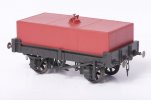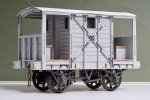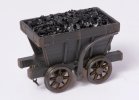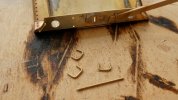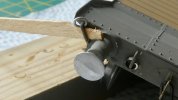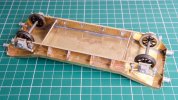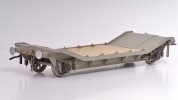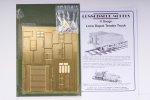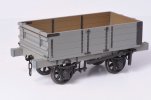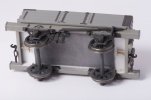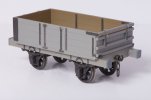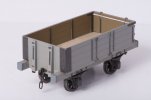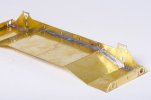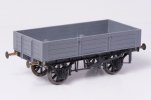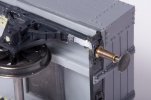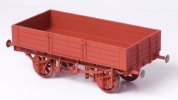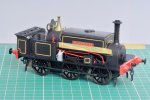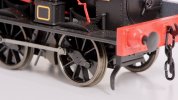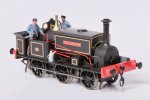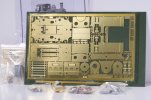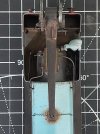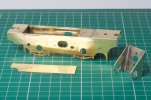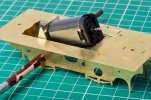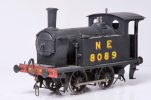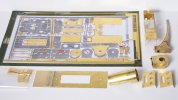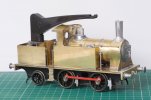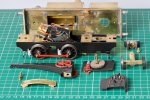Richard Gawler
Western Thunderer
Thank you all for your kind comments.
This is my second wagon (my first is a bit dull), this shows quite a bit about where I am in the hobby at the moment:
The prototype is not well know, if it ever existed; but there is evidence of origins to those in the know. My railway layout (not started yet) will be a might have been, and I think its service vehicles should be might have beens as well.
I can cut parts so they fit together (no filler in this build) and I can apply a simple coat of paint from a spray can but my hands shake when I try to paint in details.
I reach a stage of impatience when my models are nearing completion and so the coupling links are unsoldered because I wanted to do something else. The buffers could have been a millimetre shorter for coupling up on Setrack curves but I had to build one wagon to find this out. Nevertheless, I set up the wheels in their bearings about right, they spin freely without side play and the model sits flat on a flat bit of track.
I am not feeling remotely photogenic at the moment so the end of this wagon can be my avatar to begin with.
This is my second wagon (my first is a bit dull), this shows quite a bit about where I am in the hobby at the moment:
The prototype is not well know, if it ever existed; but there is evidence of origins to those in the know. My railway layout (not started yet) will be a might have been, and I think its service vehicles should be might have beens as well.
I can cut parts so they fit together (no filler in this build) and I can apply a simple coat of paint from a spray can but my hands shake when I try to paint in details.
I reach a stage of impatience when my models are nearing completion and so the coupling links are unsoldered because I wanted to do something else. The buffers could have been a millimetre shorter for coupling up on Setrack curves but I had to build one wagon to find this out. Nevertheless, I set up the wheels in their bearings about right, they spin freely without side play and the model sits flat on a flat bit of track.
I am not feeling remotely photogenic at the moment so the end of this wagon can be my avatar to begin with.

Last edited by a moderator:

